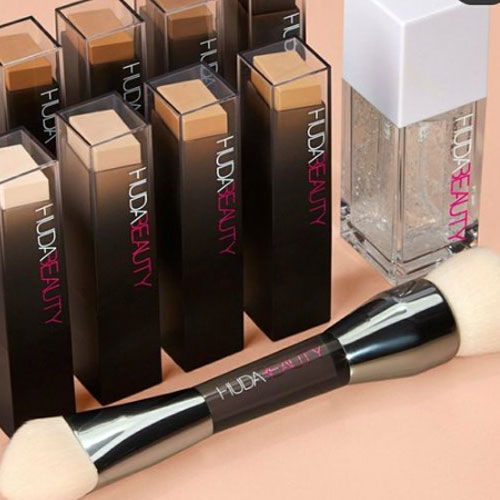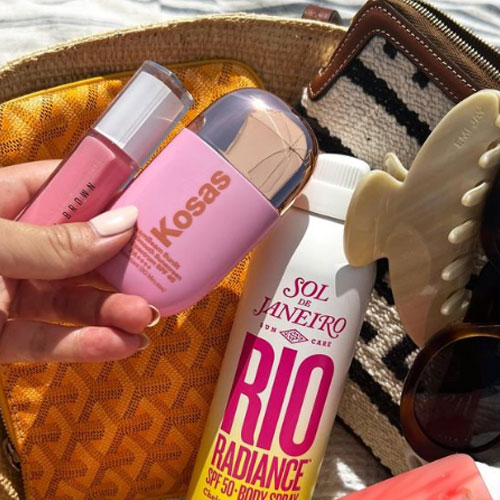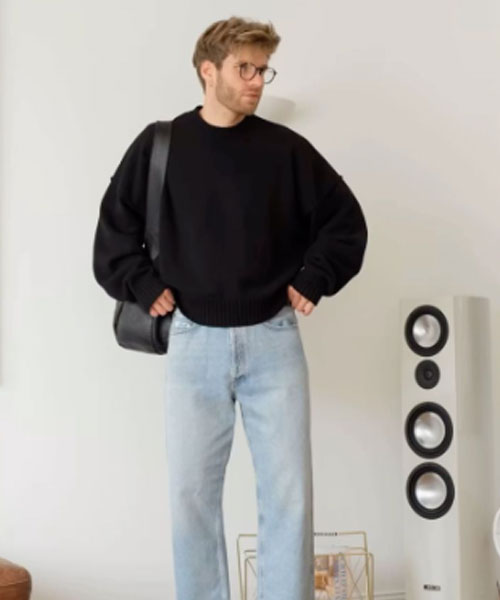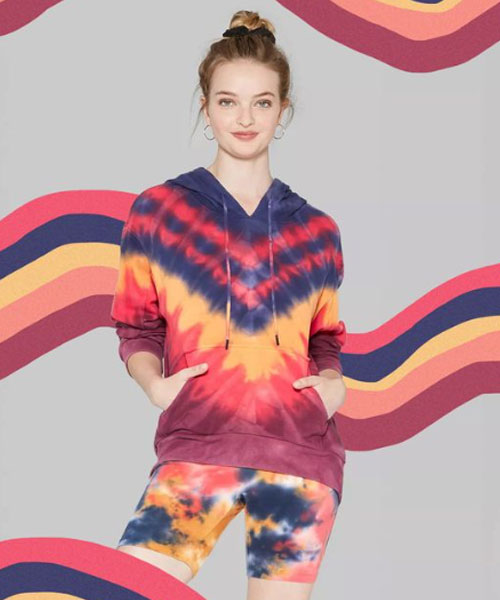

The Cotton On Handbook Of Daily Comfort And The Most Recent Styles For Both Men And Women
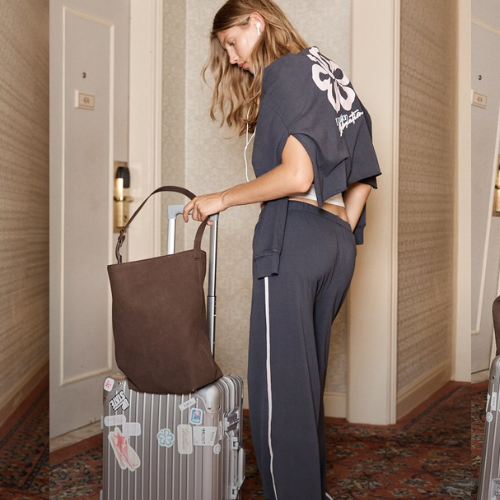
From Lowly Origins to an International Fashion Superpower:-
Few companies in the constantly changing world of fashion have been able to mix price, style, and social responsibility as well as Cotton On. What started off as a little business in Australia has expanded into a global fashion powerhouse that now serves millions of customers worldwide. The story of Cotton On is not only one of commercial success; it also illustrates a more general change in industry ideals and customer expectations, especially with regard to rapid fashion, sustainability, and corporate ethics.
Nigel Austin established Cotton On in 1991 in Geelong, Victoria, Australia, after beginning to sell denim jackets at neighborhood markets out of the trunk of his vehicle. His objective was straightforward: provide stylish, well-made clothing at reasonable costs. Austin opened the first Cotton On store within a year after the idea gained popularity. As consumer demand increased and word of mouth spread, what had begun as a tiny retail location swiftly blossomed.
Cotton On was more than just an Australian tale by the early 2000s. The company opened outlets in South Africa, New Zealand, the US, and other countries as part of its global expansion. In addition to owning a number of popular brands like Cotton On Body, Cotton On Kids, Typo, Factorie, Rubi, and Supré, the Cotton On Group currently has more than 1,500 locations across more than 20 countries.
A major factor in Cotton On's appeal is its capacity to provide stylish yet reasonably priced apparel. The brand's rapid stock turnover and response to current trends appeal to its target market, which is mostly teens and young adults. Cotton On regularly releases collections that seem current and new, ranging from loungewear and graphic tees to sportswear and accessories.
Cotton On functions similarly to fast-fashion behemoths like Zara and H&M in this regard. On a regular basis, new styles are released, frequently influenced by pop culture, streetwear, and seasonal fashion. The business maintains its competitiveness in a market that is changing quickly because of its capacity to produce and deliver new goods quickly.
Cotton On is the intentional creation of sub-brands, each of which serves a distinct consumer demand, has been a major factor in its success; Activewear, sleepwear, and lingerie are the main products of Cotton On Body. Cotton On Kids provides fashionable yet functional clothing to the children's fashion market. Students and young people are drawn to Typo, a whimsical stationery and lifestyle company. Rubin sells fashionable accessories and shoes. Supré and Factories designs, which cater to many subcultures and fashion preferences, significantly expand the group's range. Cotton On has been able to expand its revenue streams, gain a devoted following, and penetrate a number of market areas because of its diversity.
Like many fast-fashion companies, Cotton On has come under fire for ethical issues, especially those pertaining to labor practices and environmental effects, despite its expansion and popularity. The company faced criticism in 2007 for utilizing cotton from areas known to use child labor. Even though the business addressed these concerns by examining its supply chain and publicly pledging to source ethically, they have brought attention to the intricate reality of doing business in the global fashion sector.
By its very nature, fast fashion entails lower costs and quicker manufacturing, which frequently raises questions about fair salaries, hazardous working conditions, and exploitation in poor nations. Even if Cotton On has made efforts to increase openness, the bigger question still stands: is it ever possible for a fast-fashion company to be genuinely ethical?
Cotton On has made significant strides in corporate responsibility and sustainability in recent years. Brands like Cotton On have had to change as customer knowledge of environmental issues, especially the effects of the fashion industry on the environment, has grown.
The business has started a number of projects to help local communities, enhance its supply chain, and lessen its carbon footprint. Among the major initiatives are:
1. Using sustainable cotton: According to Cotton On, by 2025, all of its cotton will originate from more environmentally friendly sources, such as recycled cotton and cotton that complies with Better Cotton Initiative (BCI) guidelines.
2. Cutting back on plastic: The company has taken action to remove single-use plastics from its retail locations and packaging.
3. Circular fashion: To prolong the life of its products and lessen landfill trash, Cotton On has looked into recycling initiatives and clothes donation programs.
4. Supporting international communities: The company has provided funding for health and education initiatives in nations including Thailand, South Africa, and Uganda through the Cotton On Foundation. In line with the Sustainable Development Goals of the UN, the foundation's aim is to empower youth via high-quality education.
Although these actions are praiseworthy, detractors contend that more profound structural adjustments are necessary for true sustainability, such as slowing down production cycles and giving long-term value precedence over immediate consumption. Nevertheless, Cotton On's initiatives show that the industry is beginning to realize that change is not just desirable but also essential.
Despite significant global retail disruptions brought on by the COVID-19 epidemic, Cotton On was able to maintain its resilience. In order to fulfill the growing demand for digital products, the company made significant investments in its e-commerce strategy and bolstered its online presence. In order to adjust to shifting consumer preferences and market obstacles, it also improved its supply chain.
It is interesting to note that Cotton On performed well in post-pandemic areas including the US and Asia-Pacific thanks to a combination of affordable prices and collections that prioritized comfort, which customers increasingly preferred as work-from-home culture gained traction.
Cotton On is in a strong position to keep growing globally in the future, especially in emerging countries. Gen Z and millennial consumers' changing values are in line with the brand's combination of affordability, trend reactivity, and increasing emphasis on ethics.
It will be difficult to sustain this expansion while genuinely addressing ethical and environmental issues. Like many other fast-fashion companies, Cotton On needs to figure out how to strike a balance between profit and meaning. In addition to searching for high-quality items, today's consumers increasingly pay attention to the manufacturing process.
The narrative of Cotton On's transformation from a Geelong car boot to a worldwide fashion conglomerate is one of market intelligence, entrepreneurial perseverance, and flexible business tactics. It captures the possibilities and challenges of contemporary fashion: how to satisfy consumers' rapidly shifting preferences while honoring the environment and the people who make the goods.
Upgrade Your Wardrobe and Redefine Your Personal Style.
Revamp Your Closet and Discover a New Level of Sophistication in Your Fashion Choices.


